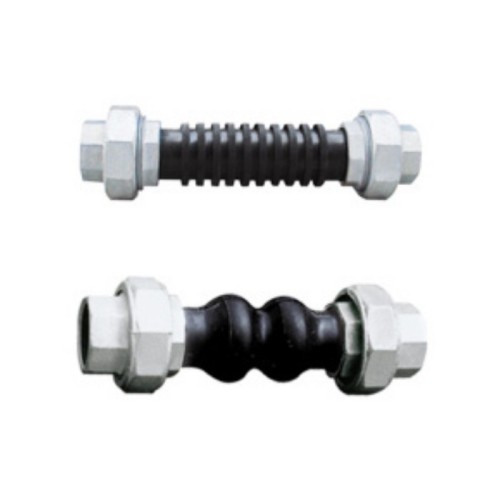Types of Plumbing Flanges for Various Applications and Connections
Understanding Plumbing Flanges Types and Applications
Plumbing flanges are essential components in various piping systems, serving as connectors that allow for the joining of pipes, fittings, or equipment. They provide a strong, stable connection while allowing for easy access for maintenance and repair. In this article, we will explore the different types of plumbing flanges, their specific applications, and how they can be chosen based on system requirements.
1. Weld Neck Flange
The weld neck flange is characterized by a long tapered neck that gradually transitions to the flange body. This design allows for a strong weld connection to the pipe. Weld neck flanges are ideal for high-pressure applications and systems subjected to fluctuating temperatures or pressures. They also facilitate easy alignment during installation, making them a popular choice in oil, gas, and chemical processing industries.
2. Slip-On Flange
A slip-on flange is designed to slide over the pipe, making it easier to install. It is welded both inside and outside, providing a reliable connection. This type of flange is commonly used in water supply systems and low-pressure applications due to its cost-effectiveness and ease of installation. However, they may not be suitable for high-pressure applications due to the potential risk of leakage.
3. Blind Flange
plumbing flanges types

Blind flanges are solid discs used to seal the end of a piping system. They are essential for closing off lines, allowing for system maintenance without needing to take the entire setup apart. Blind flanges are typically used in systems where future access might be necessary, such as in pressure vessels, tanks, and pipelines.
4. Socket Weld Flange
Socket weld flanges feature a socket into which the pipe is inserted before being welded. This design provides a strong and suitable connection for high-pressure systems. Socket weld flanges are commonly used in process piping, especially in larger sizes, where their robustness adds to the overall security of the piping system.
5. Threaded Flange
Threaded flanges are designed with internal threads, allowing them to connect to pipes with matching external threads. They are particularly useful in systems where welding is not feasible or practical. These flanges are often seen in industries such as plumbing and HVAC, where ease of disassembly is critical.
Conclusion
Choosing the right type of plumbing flange is crucial for the integrity and efficiency of any piping system. Each flange type has its unique advantages and suitable applications, ranging from high-pressure situations to more straightforward connection needs. Understanding the various types of flanges can help engineers and plumbers make informed decisions that enhance the performance and reliability of their systems. As plumbing technology continues to evolve, the appropriate use of flanges will remain a cornerstone of secure and effective plumbing installations.
-
The Key to Fluid Control: Exploring the Advantages of Ball Valves in Industrial SystemsNewsJul.09,2025
-
The Versatile World of 1, 2, and 3 Piece Ball ValvesNewsJul.09,2025
-
Stainless Steel Ball Valves: The Ideal Choice for Efficient Flow ControlNewsJul.09,2025
-
Optimizing Fluid Control with Ball Float ValvesNewsJul.09,2025
-
Manual Gate Valves: Essential for Control and EfficiencyNewsJul.09,2025
-
Everything You Need to Know About Butterfly ValvesNewsJul.09,2025
-
The Versatility of Wafer Type Butterfly ValvesNewsJul.08,2025




